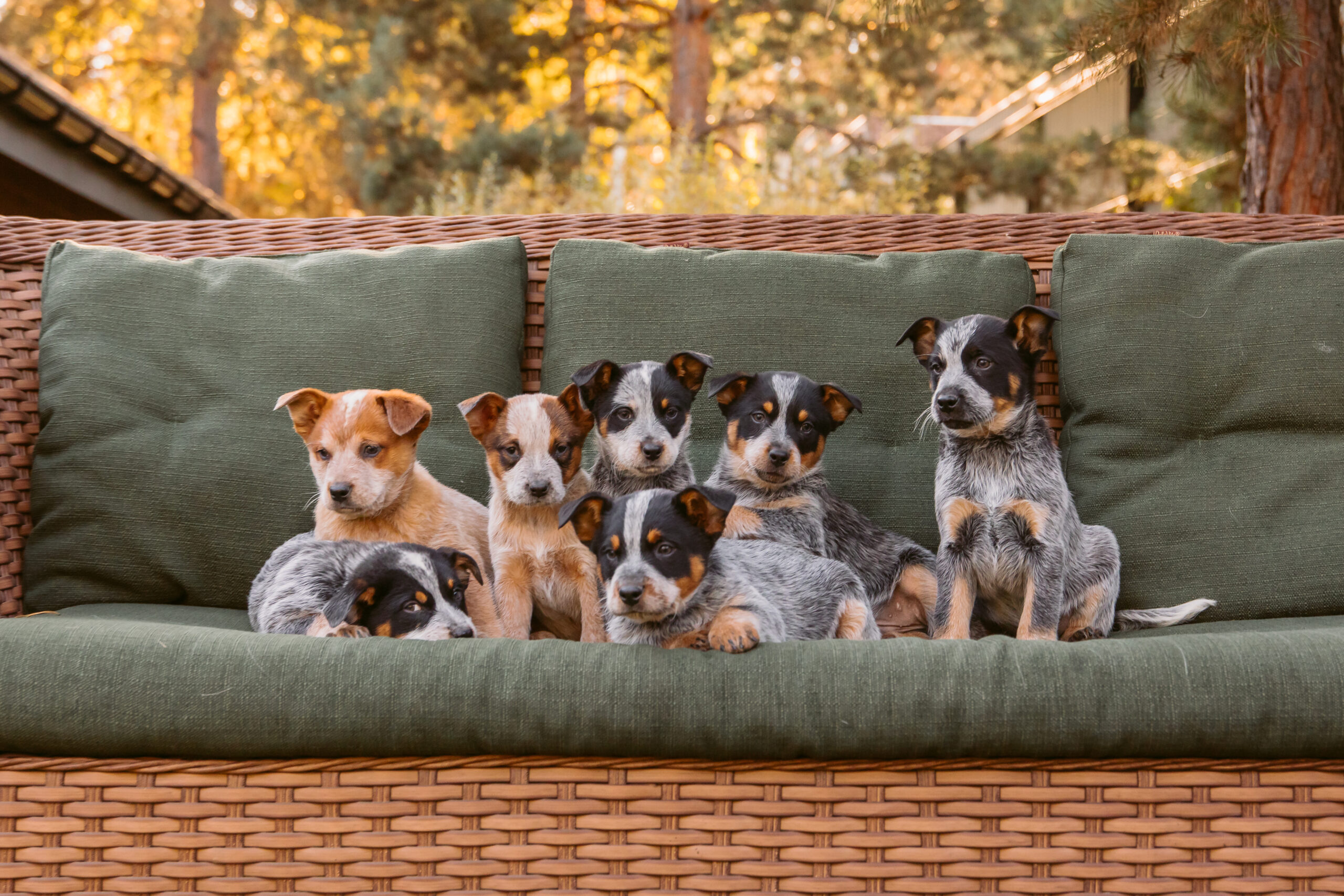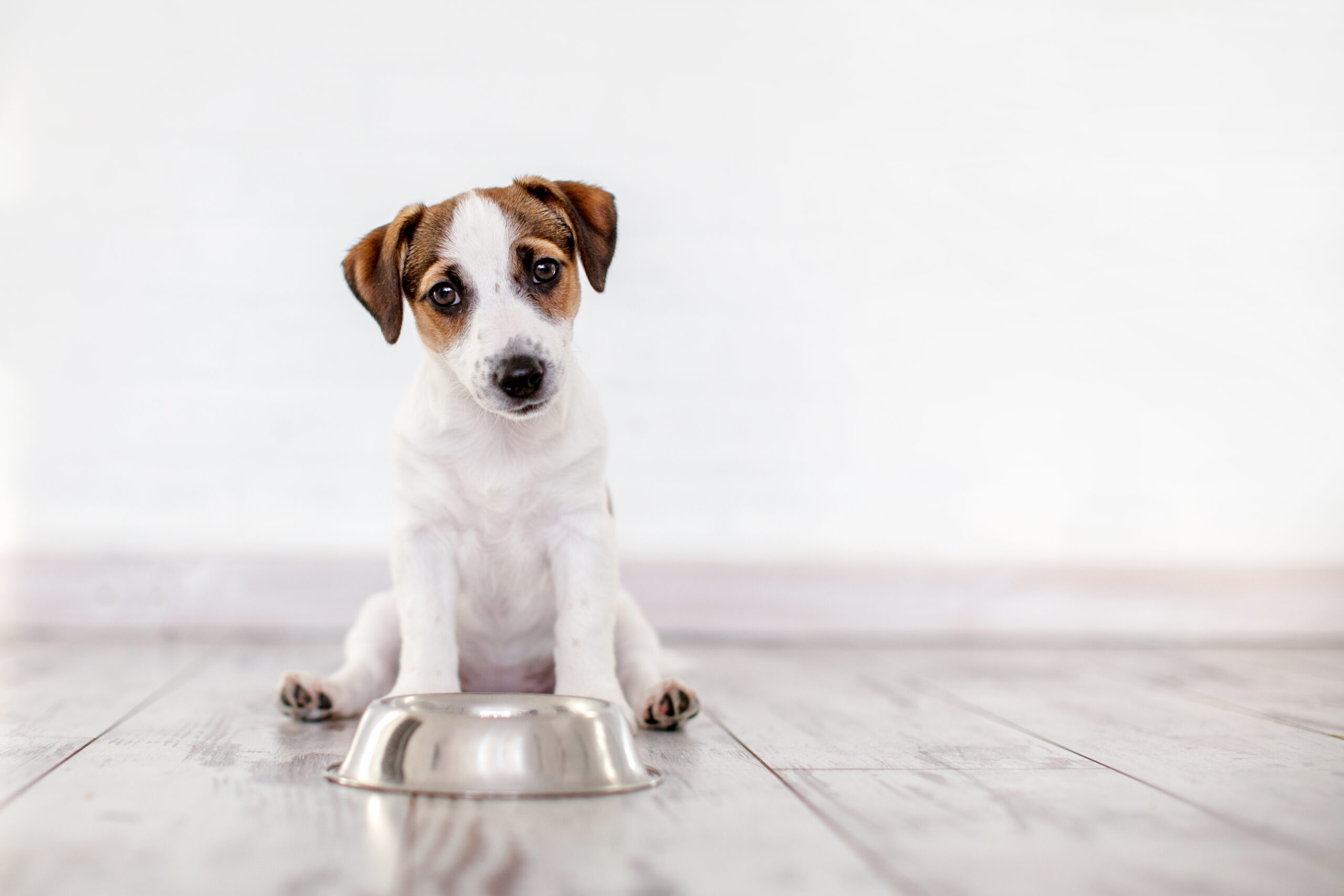1.Establish a well-lit warm location where you can hold the pup comfortably and all materials are within reach. Be attentive and do not rush.
2.Take the puppy’s temperature rectally – do NOT feed unless the rectal temperature is between 96 degrees F and 99 degrees F. If the puppy’s temperature is below 96 degrees F, slowly warm the pup before feeding.
3.On a safe surface, hold the pup with the neck extended. Hold the tapered end of the feeding tube even with the last rib of the largest pup to be fed. Lay the tube along the side of the pup, mark the tube with a permanent magic marker, even with the tip of the pup’s nose.\
4.Fill the syringe with the calculated amount of formula or milk (20 cc/16 oz body weight or approximately 1 cc per ounce) plus 1 cc of air. Warm the formula to body temperature in a warm water bath – avoid microwaving the milk or formula.
5.Attach the syringe to the feeding tube.
6.With you and the pup fully awake and warm (pup over 96 degrees F rectal temp) lying horizontally on the chest, gently pass the tube on the left side of the center of the pups tongue, applying gentle pressure to slide the tube up to the mark. If resistance is met, remove tube and start over.
7.With your left hand if you are right handed, cup your left hand around the back of the pup’s head and hold the tube between your index and middle finger to prevent it from moving out of the correct position while feeding. Reverse if you are left-handed.
8.BEFORE FEEDING, firmly pinch the pup on the foot or tail. If you can hear the pup vocalizing, the tube placement is correct and you can proceed with feeding. If the tube is mistakenly in the trachea, the pup will struggle but will not be able to make any sound – STOP IMMEDIATELY, REMOVE THE TUBE AND START THE PROCESS OVER.
9.With your right hand, depress the plunger on the syringe, NOT too quickly, delivering the calculated amount, stopping sooner should milk reflux out of the pup’s mouth or nose.
10.Flex the tube on itself to prevent milk from being aspirated in to the pup’s airway. Repeat for each pup.
11.Wash syringe and tube with hot soapy water and allow to air dry until next feeding.
12.Stimulate the external anal and urinary orifices to effect defecation and urination with a warm moistened cotton ball or washcloth.
So just remember to follow the 6 P’s of successful tube feeding. If you follow these six guidelines, you too can be successful in raising pups who are off to a rough start in life.
1. Premeasure tube – from the tip of the nose to the last rib, mark the tube.
2. Prewarm – puppy and formula.
3. Pass with chin down
4. Pass down side, prefer left
5. Pinch vocalize before feeding
6. Place tube end in bowl of water to check for bubbles (I personally don’t do this step but it can be reassuring at 2:00 in the morning when you are not quite sure and all alone.)
Fear not – you will lose more pups to starvation than to an error in tube feeding.





